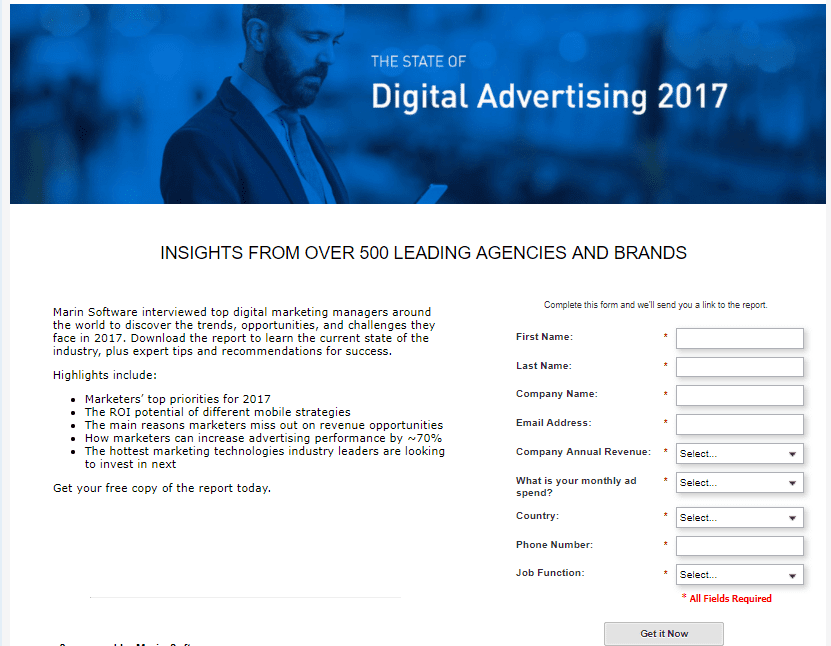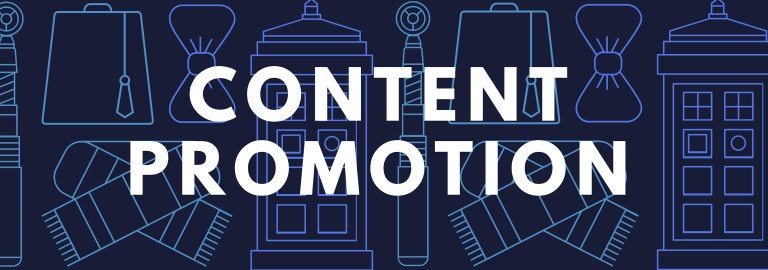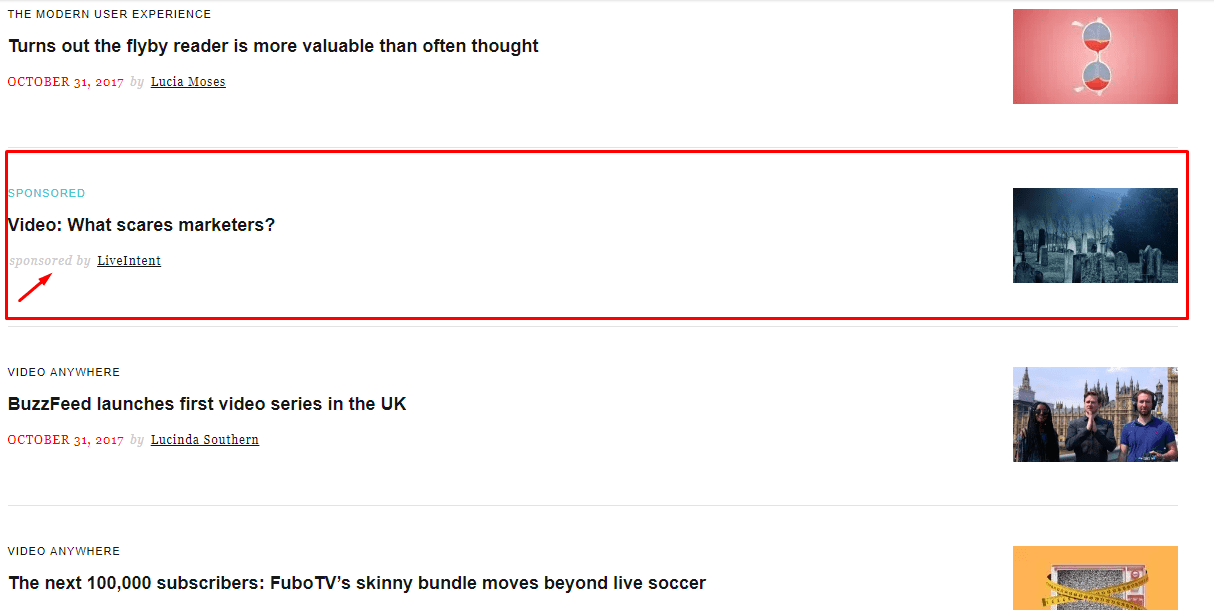Startups are a special breed. You need rapid growth to survive. You can’t afford the same bloopers that established businesses can weather. A mistake that AirBnB, for example, can get away with can crush a typical startup.
And while larger businesses can afford to create selective content, you need to create content that not only builds your brand and engages target customers, but drives measurable results (eg: lead generation).
Here are a few tips to help you ensure every content marketing effort you’re making is meaningful and will drive growth fast.
How to Create Genuine Native Content
Target topics that draw potential buyers to your business.

Your content can either pull irrelevant traffic or target customers to your brand. As a startup, you can’t afford to waste time drawing the former. You need every piece of content you create to pull potential customers to your site.
And you want those potential buyers to convert leads on your site so you can nurture them into becoming paying customers.
To do this, you need to understand when to use gated or ungated content.
Gated vs ungated content
Simply put — gated content is one that requires a key (email, phone number, etc) to be unlocked and consumed. Ungated content is one that doesn’t ask for info and is entirely free.
Why gate content?
It’s a solid lead generation tool. Gone are those days when all you needed to generate leads via content is simply putting up sign up forms on your blog, asking readers to submit their emails for more content. Things have changed, obviously. Now people need more reasons than “Subcribe to our newsletter” to join your list. They get perhaps hundreds of emails they get from other brands. You need gated content that makes a specific promise of concrete value to convert them these days.
But ungated content, on the other hand, also has it’s own benefits. So how do you know where to use gated on ungated content to drive maximum results?
Where to use gated or ungated content
Knowing where to use these two content types is important. A topic like 7 types of digital advertising isn’t worth gating. Why? Google it and you can get this information on several sites without having to submit contact details in exchange for it.
Conversely, a topic like The state of digital advertising in 2017 has better chances of generating leads when it’s gated, because it contains information that can’t easily be found elsewhere — information that’s worth gating.

Image source: Digital Marketing Depot
So where do you use ungated content? Where you have information that isn’t worth gating — one that readers can easily find elsewhere without having to give up their contact information. That doesn’t mean ungated content is not useful. It can be useful for:
- Boosting your search rankings
- Maintaining a good relationship with your email list
- Getting previous customers back to your site to remain fresh in their minds.
Whether you provide gated or ungated content, you need content promotion. To stand out.
Get intentional about content promotion via native advertising.

You can either be intentional or unintentional about your content promotion.
Being unintentional relies on sheer luck. Example: Tweeting about your new post isn’t intentional. After each tweet, you cross your fingers hoping your post will go viral without having a way to track who has seen it.
Intentional content promotion, on the other hand, is geared towards guaranteeing the exposure of your content to a large amount of your target customers. And so whether you’re using gated or ungated content, intentional content promotion is crucial.
Former BuzzFeed Vice President Jonathan Perelman says,“Content is king, but distribution is queen and she wears the pants. It’s not nearly enough to create a good piece of content.”
This is where native advertising comes in. Neil Patel once gave a simple definition of native advertising: “Simply, native advertising is a tactic that blends promotional content with the rest of the content—native content—of a page.”
Here’s a live example of native advertising:

Image source: Digiday
Native advertising is one powerful platform to get hundreds and even thousands of eyeballs on your content. According to an IHS study, consumers interact with native ads 20% to 60% more than they do with standard banner ads.
Why? Native ads blend well with the already existing content on a given page — like the one in the example above, but especially for gated content, the more eyes you get on your gated content via native advertising, the more leads you generate through it.
Startups face a lot of roadblocks, but your product is worth it. Use these tips to draw customers to you, using a combination of gated and ungated content blended with intentional promotion. Check out native advertising, and hold on tight as your business forges ahead and takes off.